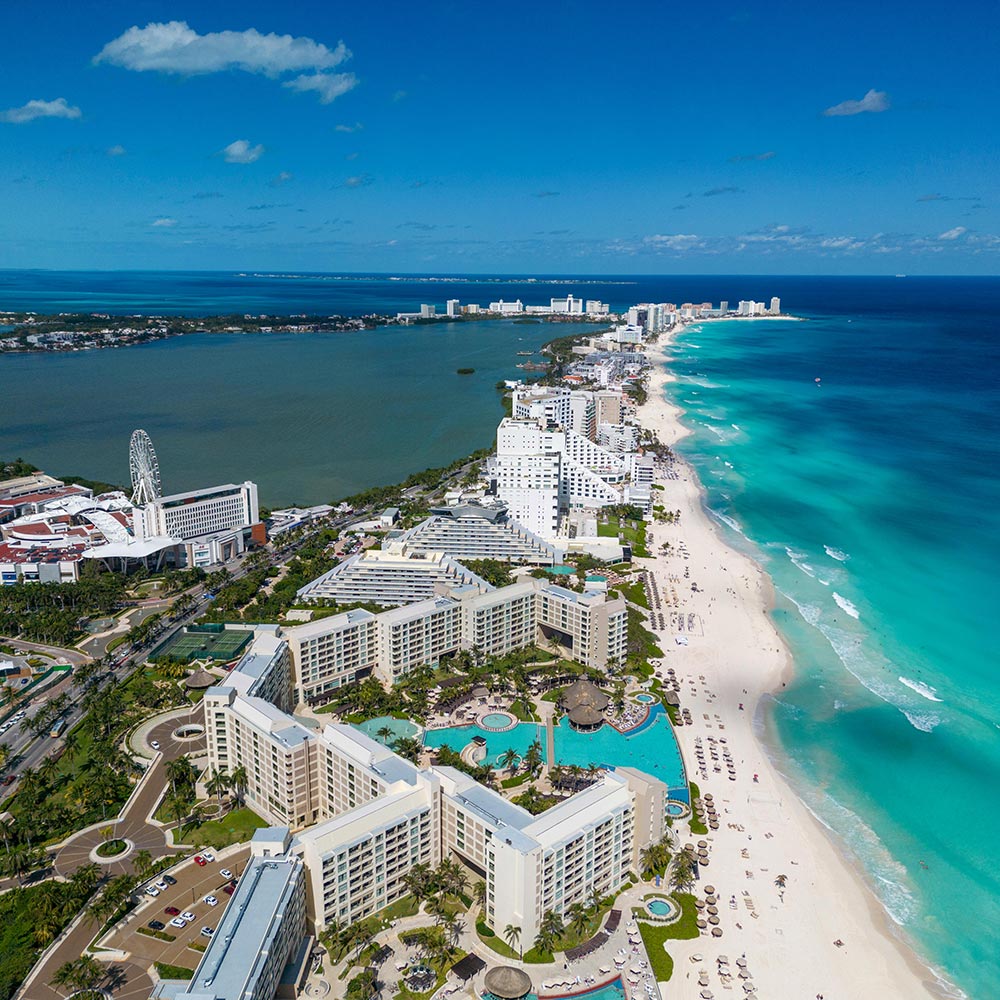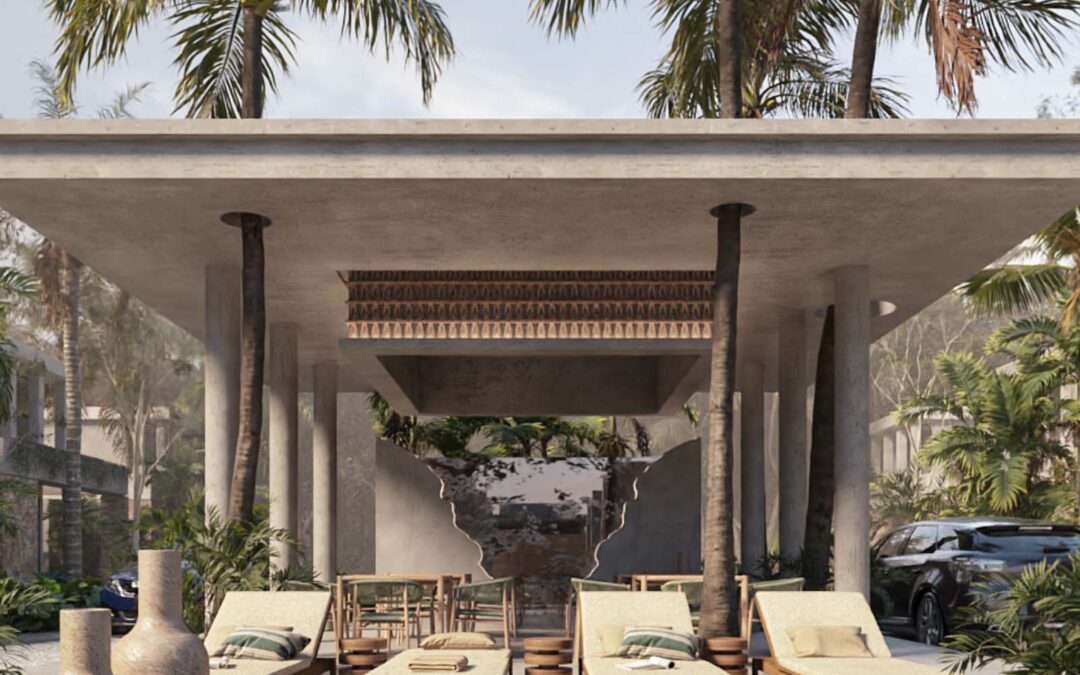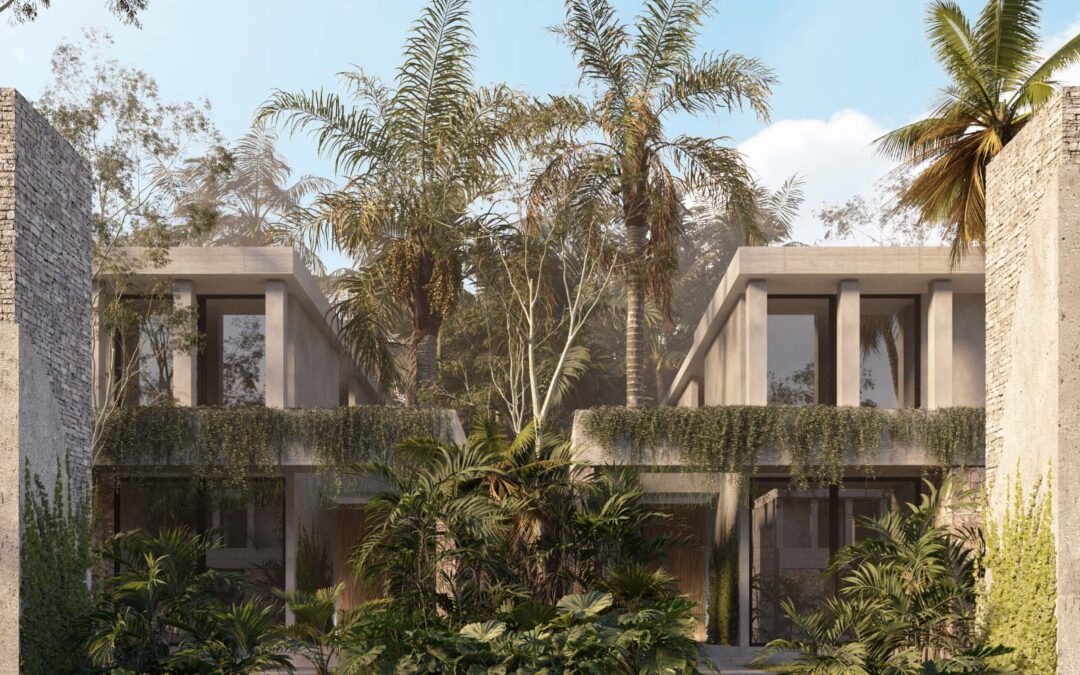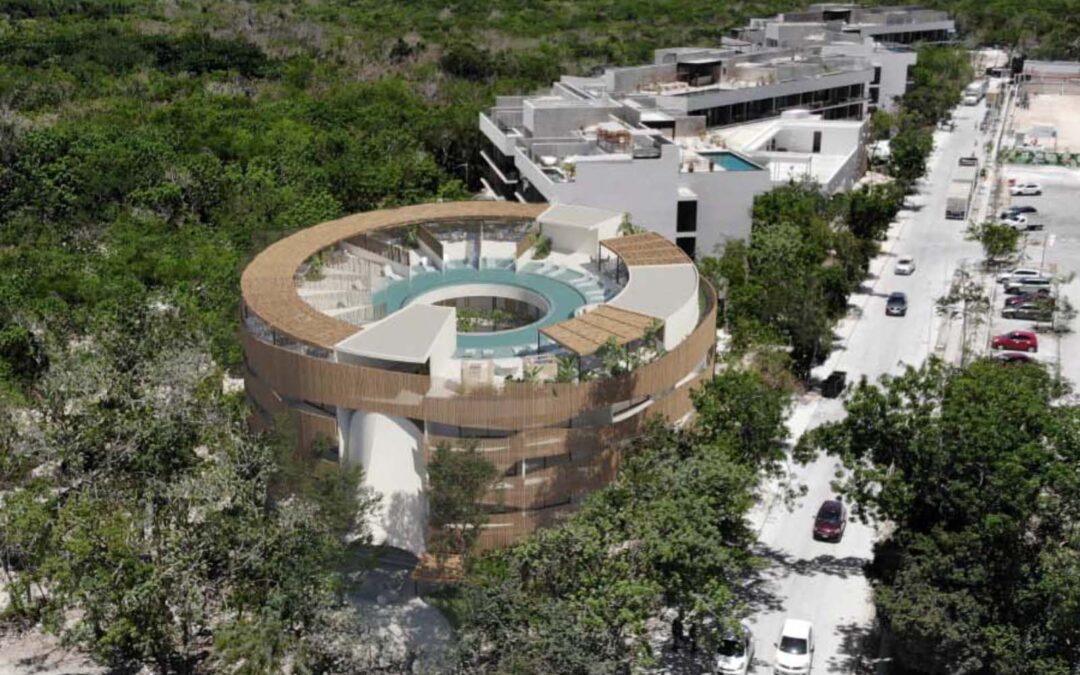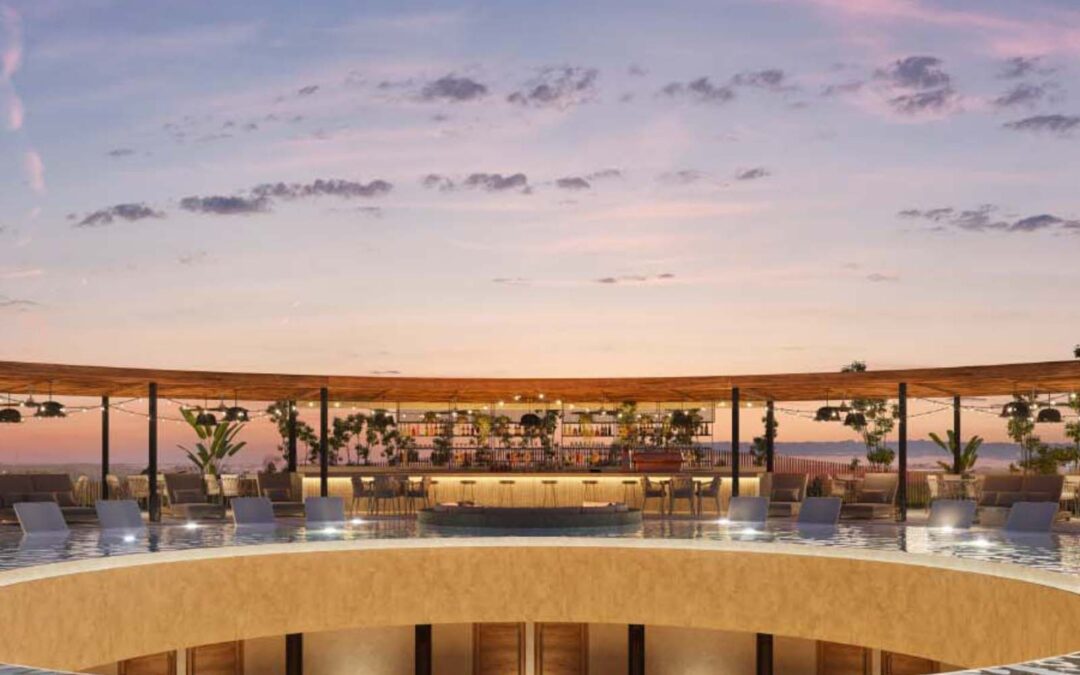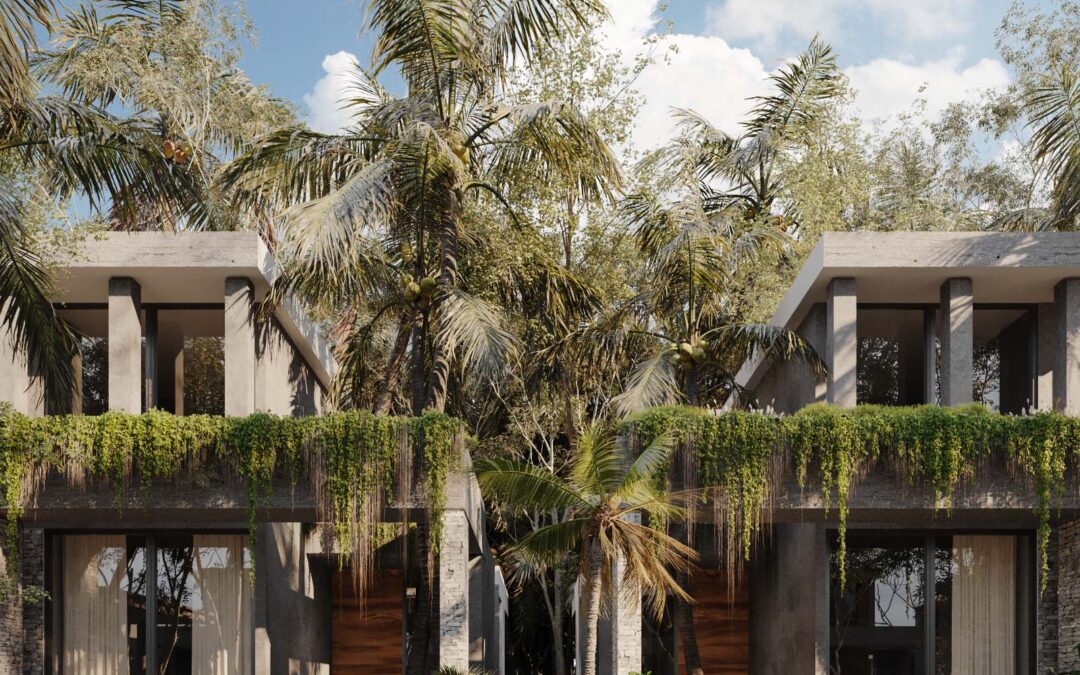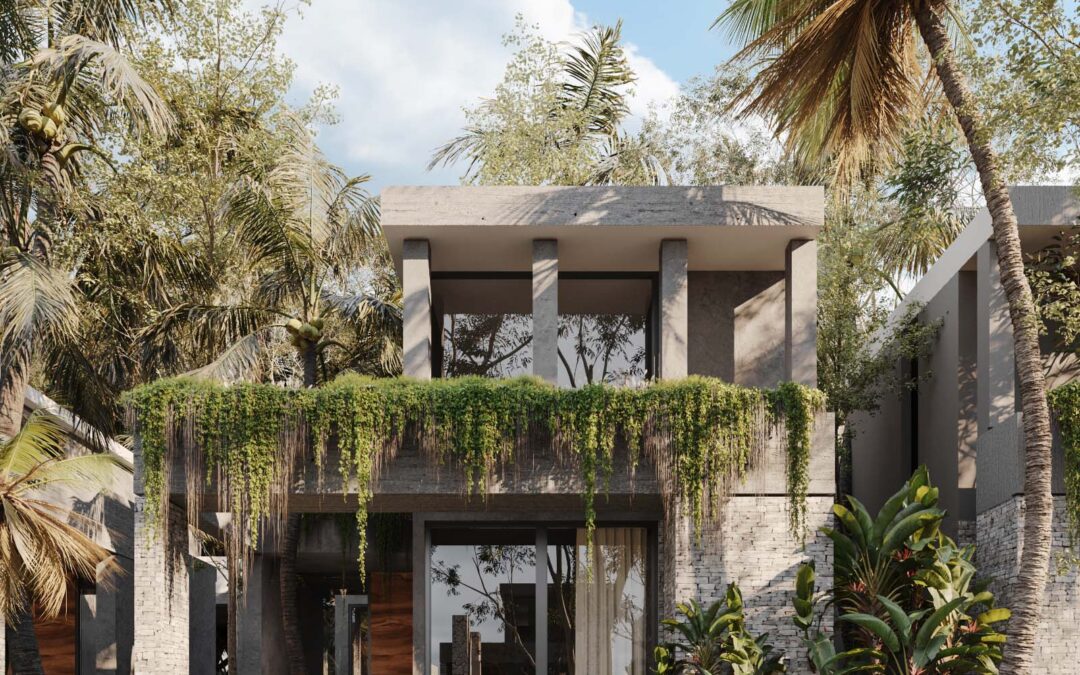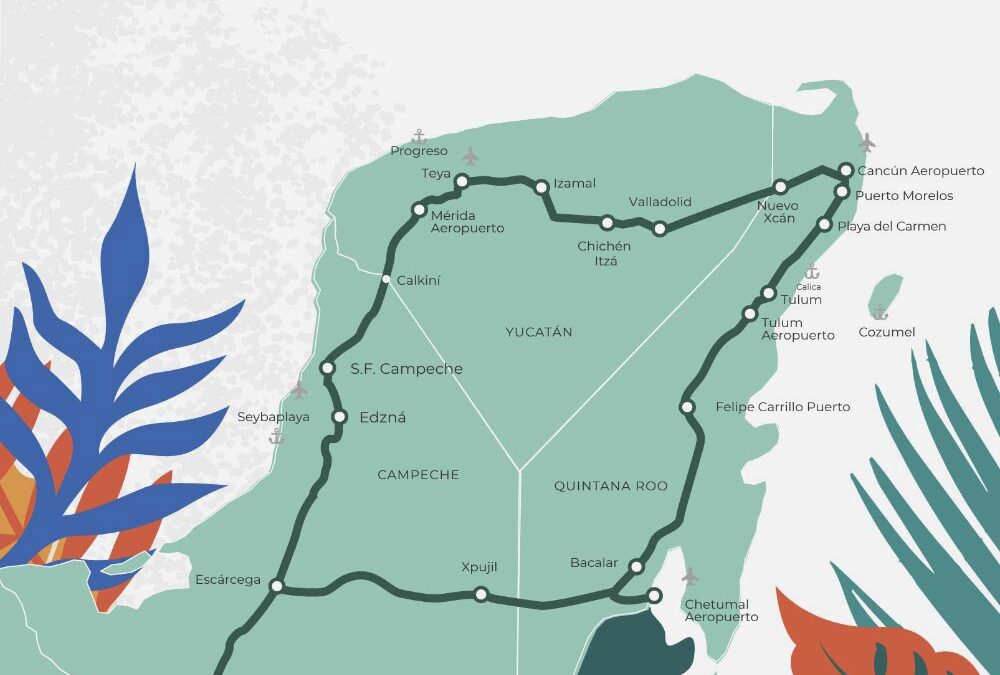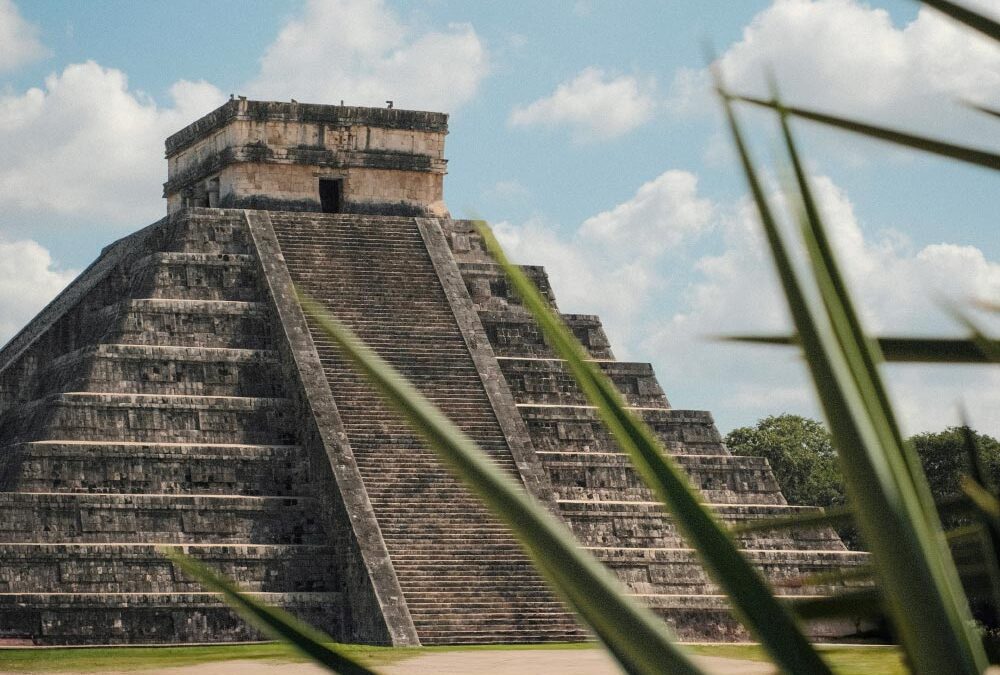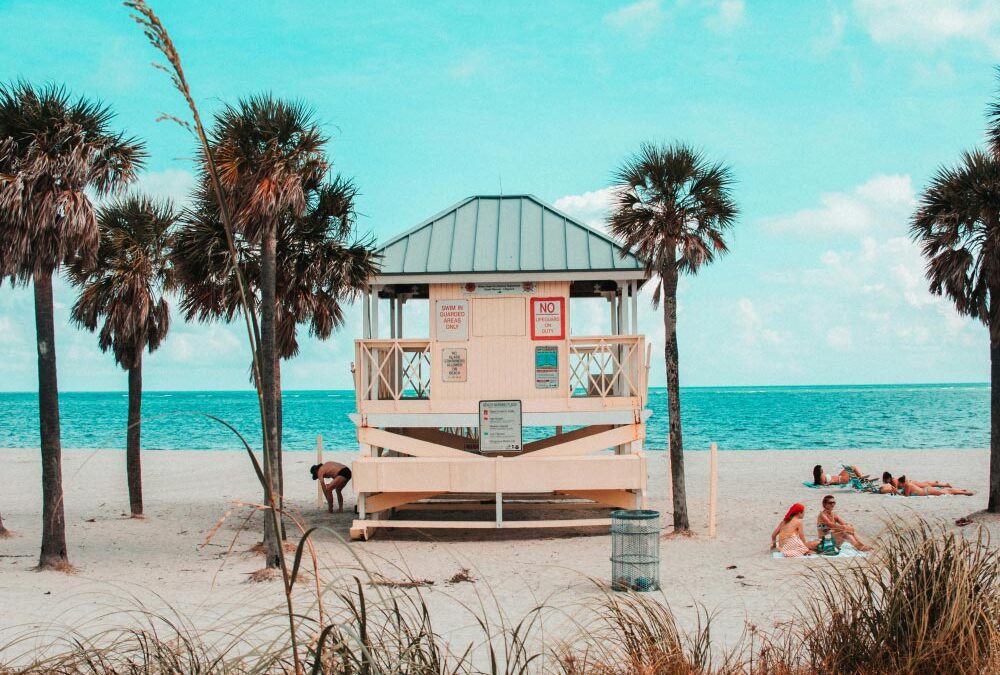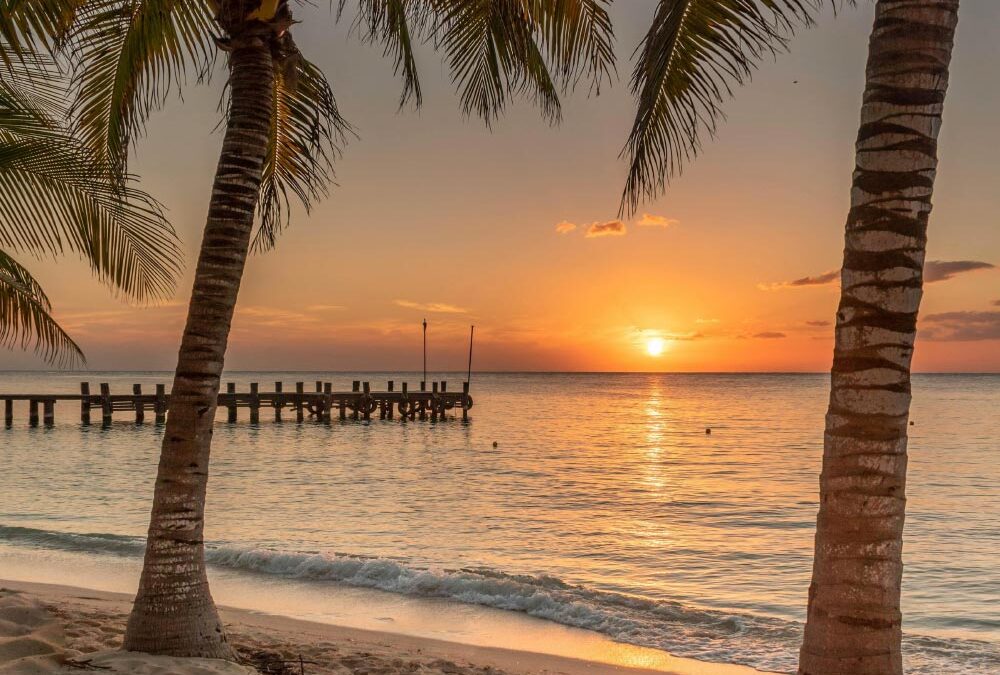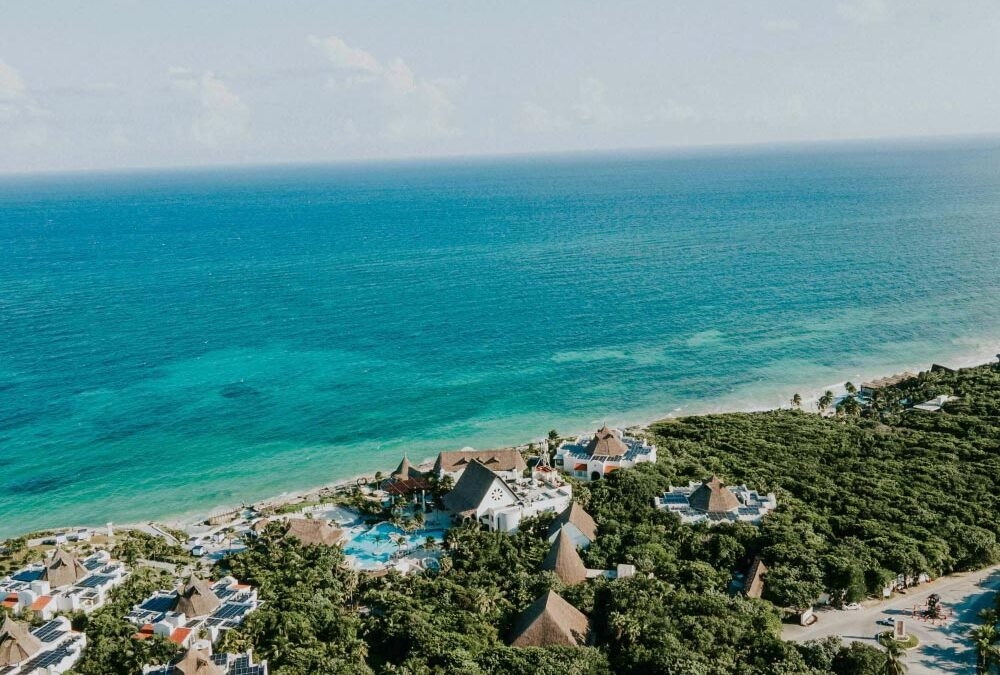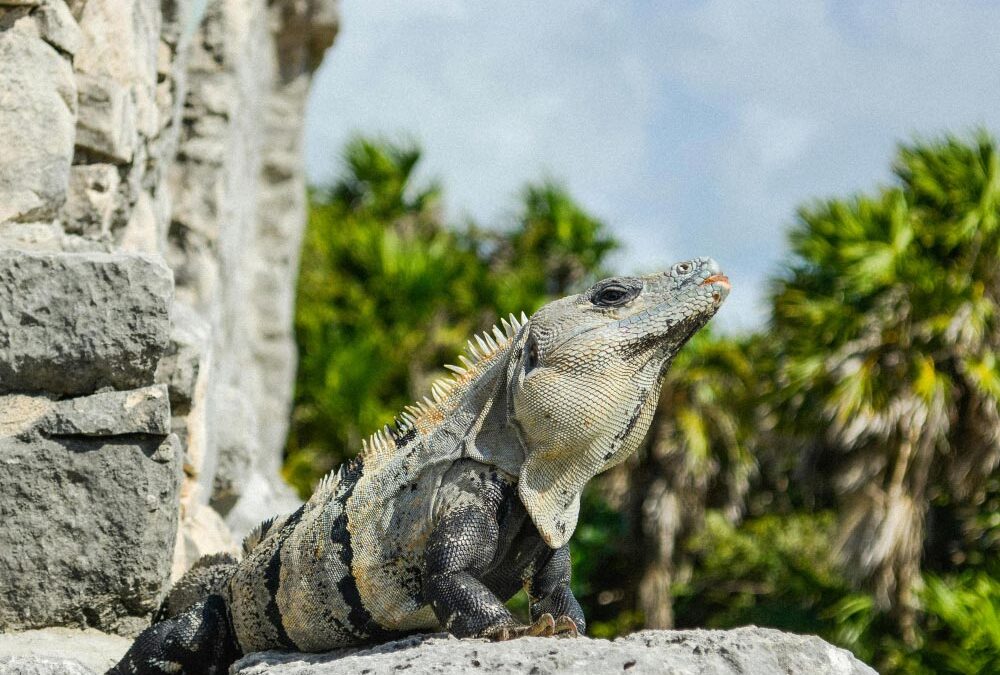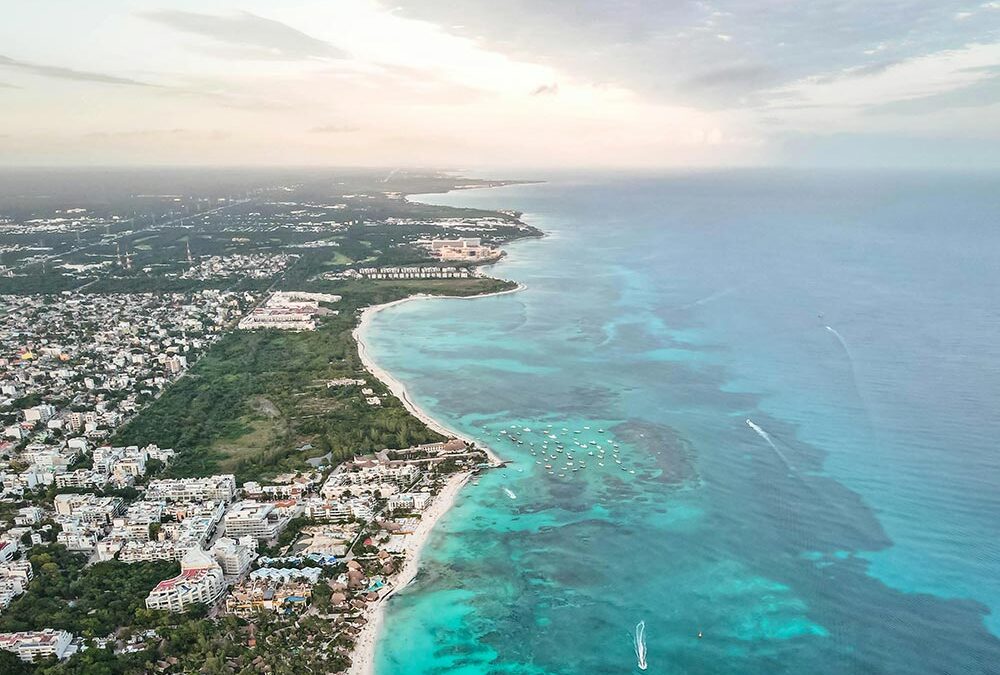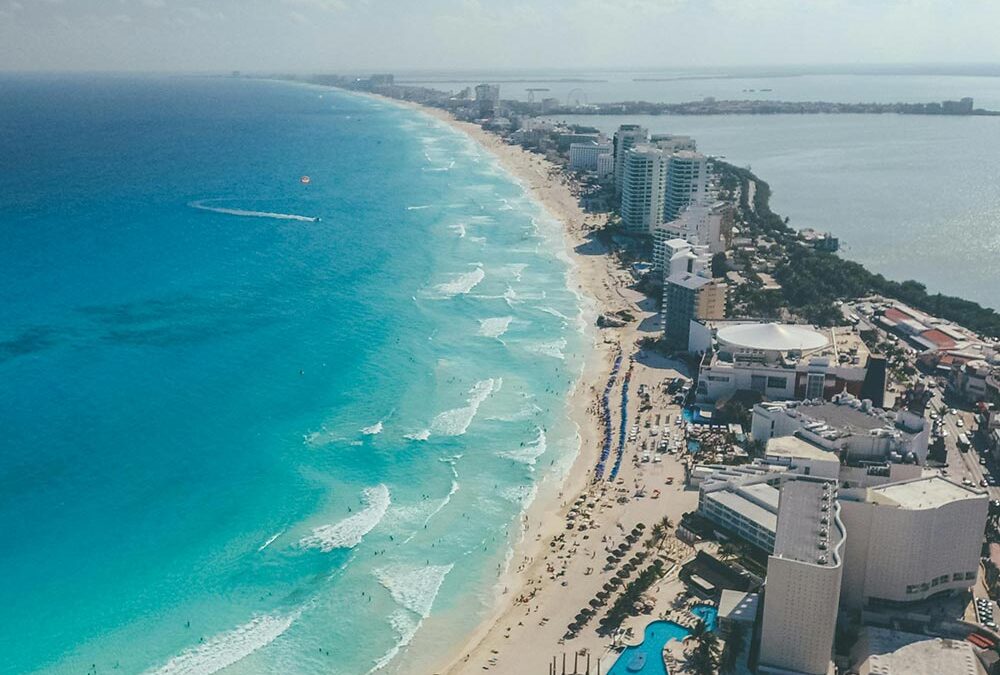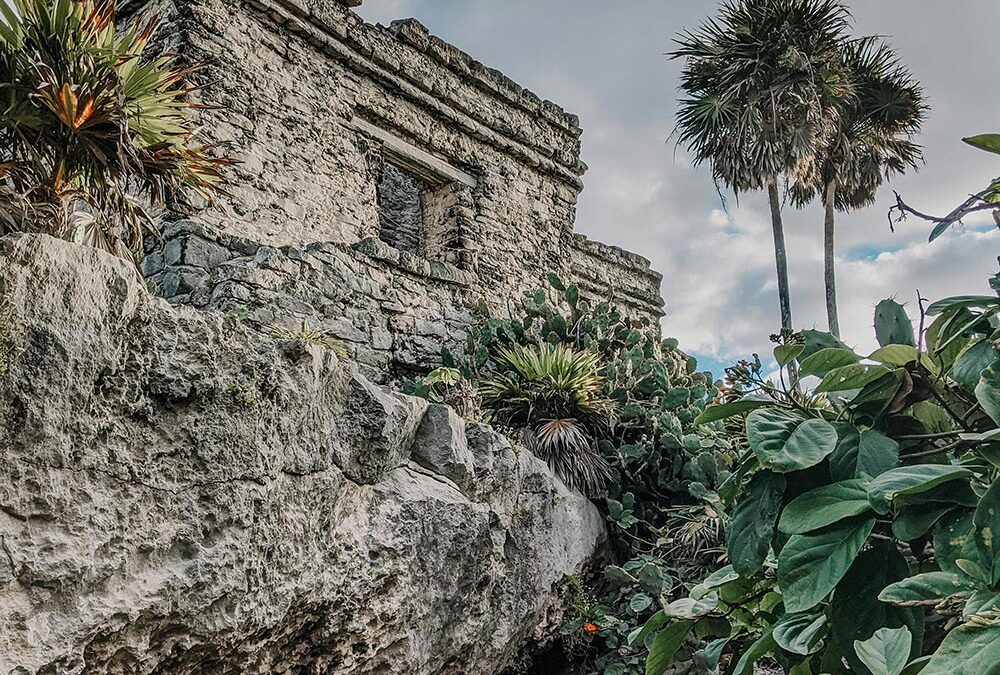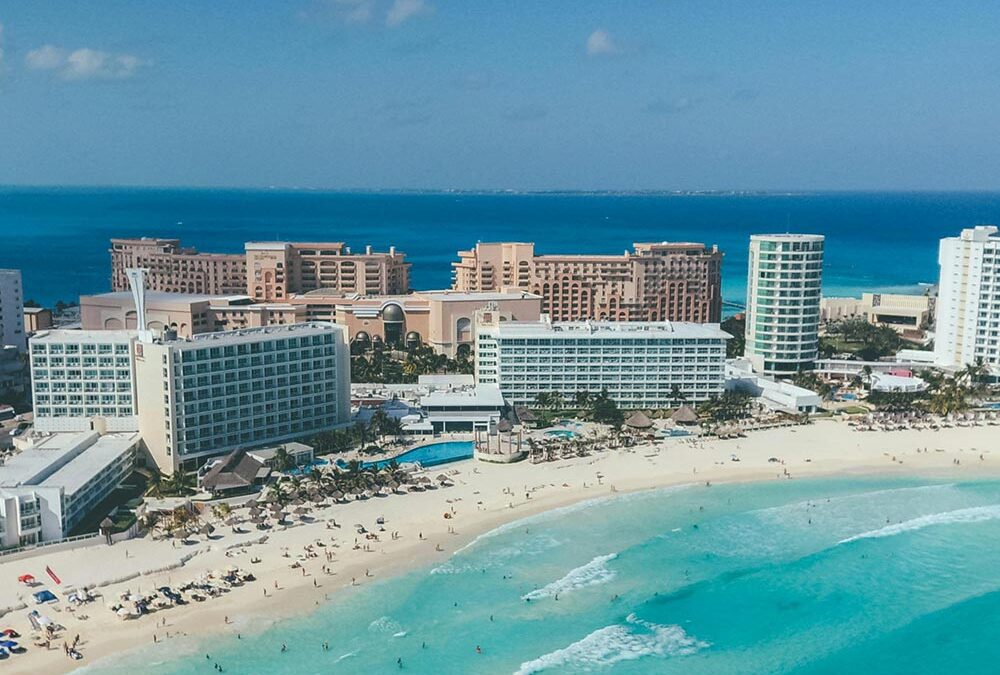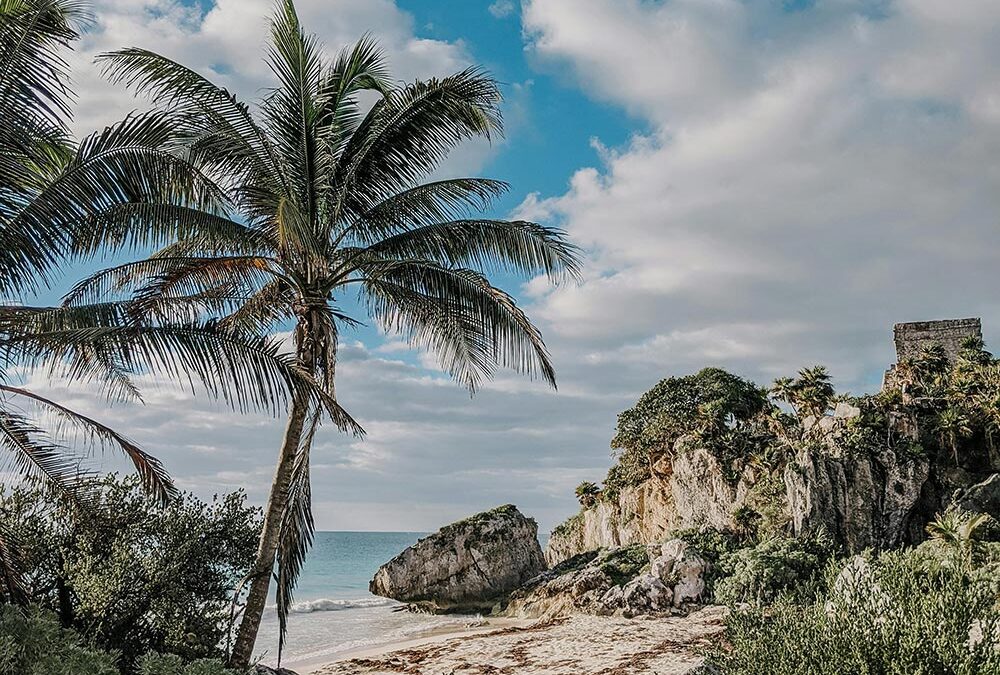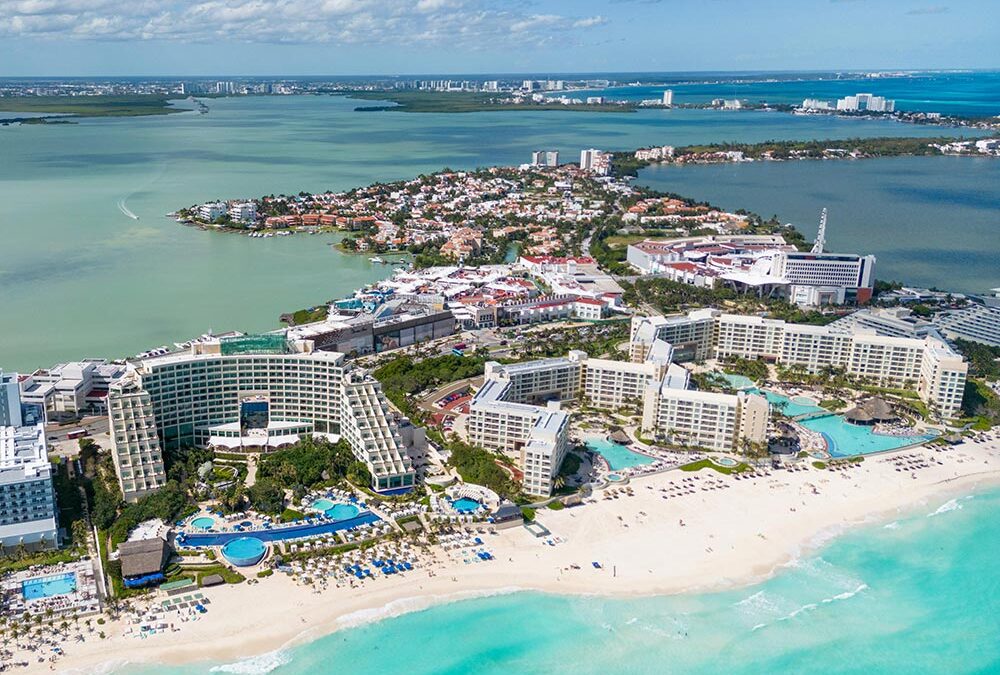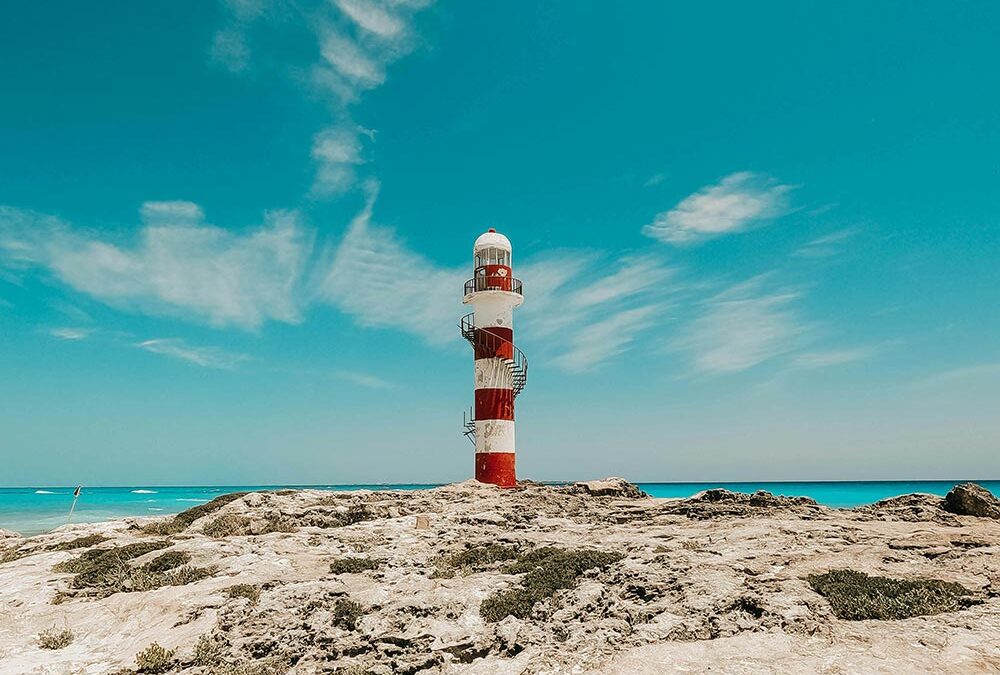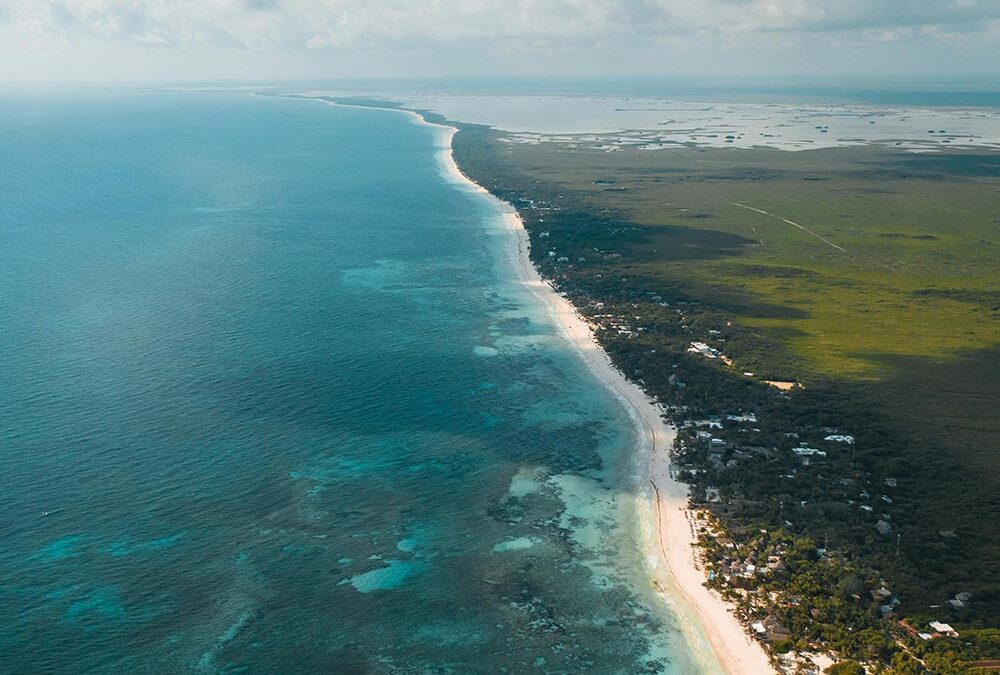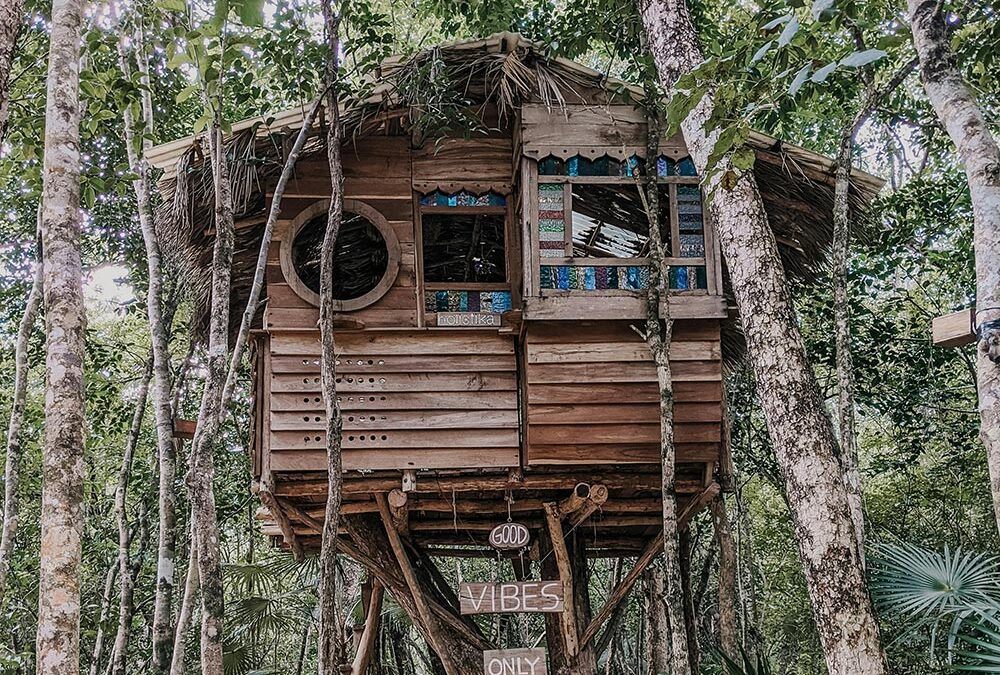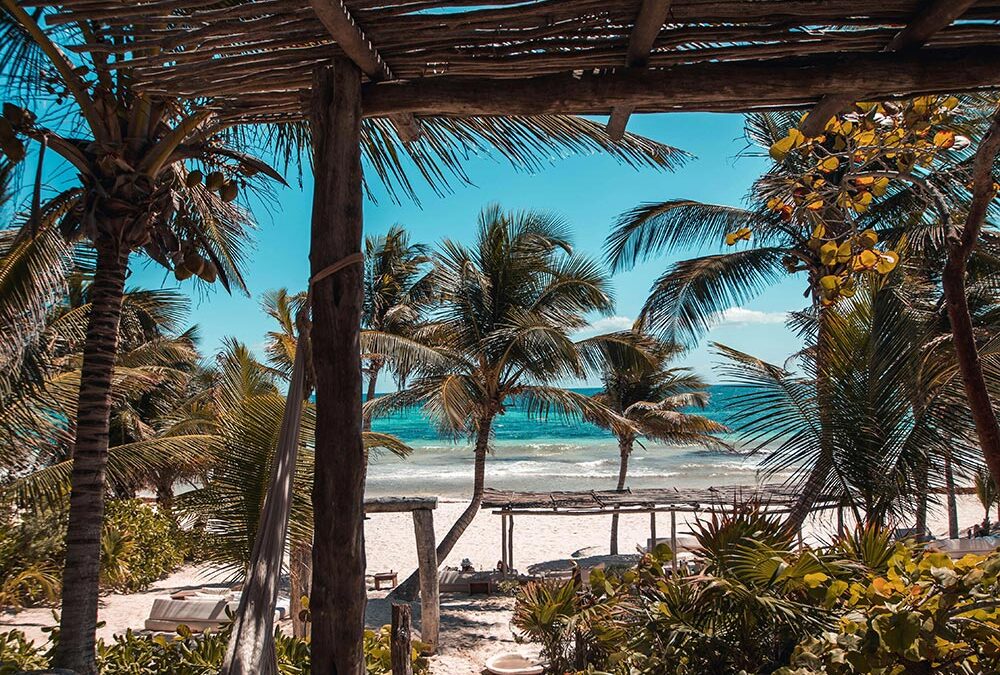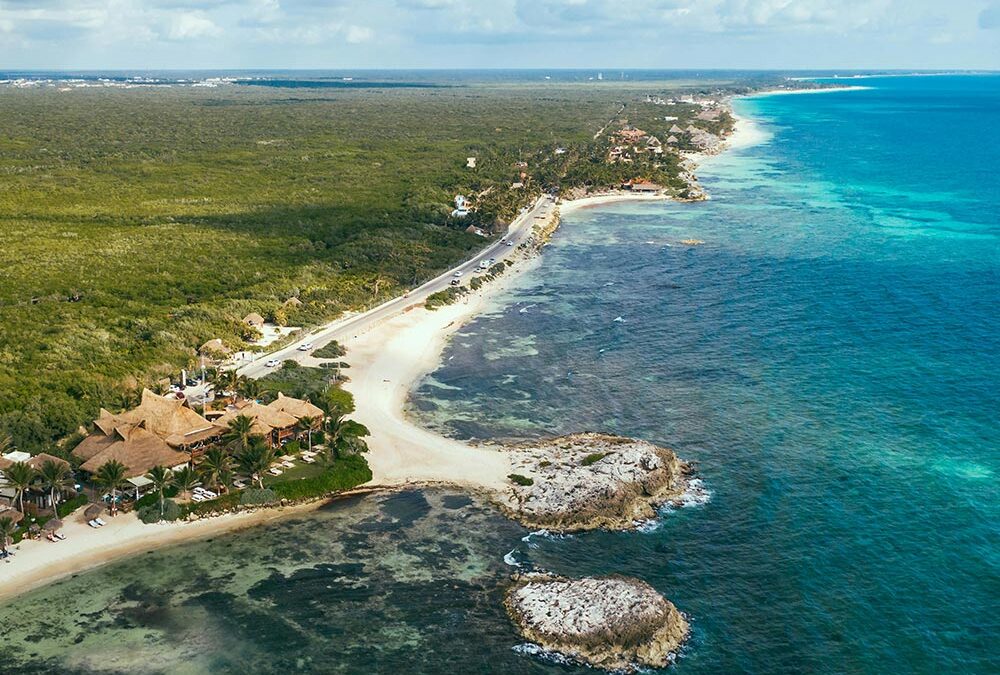With inflation eroding the purchasing power of currencies worldwide, investors are increasingly seeking reliable strategies to preserve and grow their wealth. Among the most effective solutions is real estate, a time-tested asset class that historically maintains value during inflationary periods. Riviera Maya, located on Mexico’s Caribbean coast, is emerging as a top destination for property investment. Known for its breathtaking beaches, vibrant culture, and robust tourism, this region offers unique opportunities for both seasoned and first-time investors. Its growing infrastructure, favorable exchange rates, and demand for vacation rentals make Riviera Maya real estate not just a hedge against inflation but a lucrative long-term investment. In this article, we will explore the dynamics of inflation, the resilience of real estate, and why Riviera Maya is uniquely positioned to help investors safeguard their wealth while generating strong returns.
Understanding Inflation and Its Impact on Investments
What is Inflation?
Inflation represents the gradual increase in the price of goods and services over time, effectively reducing the purchasing power of money. It is influenced by several factors, including rising production costs, increased demand for products, and expansive monetary policies. While moderate inflation signifies a healthy economy, excessive inflation can destabilize financial systems and impact investment performance. For instance, $1,000 saved today might only buy goods worth $800 in ten years if inflation outpaces interest rates. Thus, investors must carefully choose assets that either appreciate or provide inflation-adjusted returns.
How Inflation Affects Traditional Investments
Traditional investments like cash savings and fixed-income securities are highly vulnerable to inflation. For example, bonds with fixed interest payments lose their real value as inflation rises, reducing their appeal. Stocks can sometimes keep pace with inflation, but high volatility and sector-specific risks can hinder consistent performance. Commodities such as gold may act as inflation hedges but offer no income streams. Real estate, however, offers both capital appreciation and cash flow, positioning it as a superior asset in times of inflation. As property values rise with construction costs and demand, and rents increase to match inflation, real estate remains a secure and productive investment.
Why Real Estate is a Hedge Against Inflation
Intrinsic Value of Real Assets
Real estate is a tangible asset with intrinsic value that is not directly tied to stock market fluctuations. Land and buildings have physical utility, whether for residential, commercial, or agricultural purposes. During inflation, the cost of construction materials, labor, and land often increases, driving property values higher. Unlike paper investments, which can lose value due to economic instability, real estate serves as a real asset that retains its worth over time. Additionally, property ownership provides psychological security and stability, further increasing its attractiveness in uncertain times.
Rental Income Linked to Inflation
Rental income offers a dynamic way to hedge against inflation. Lease agreements for residential and commercial properties often include clauses that allow periodic rent adjustments based on inflation indices or market rates. For example, in high-demand areas like Riviera Maya, landlords can raise rental prices to align with increasing costs, ensuring income streams remain consistent in real terms. This dual benefit of capital appreciation and rising rental income creates a compounded effect, making real estate investments a reliable safeguard against inflationary pressures.
The Unique Appeal of Riviera Maya
Tourism Hotspot with High Demand
Riviera Maya is a globally renowned tourist destination, attracting over 20 million visitors annually. Iconic attractions like Playa del Carmen, Tulum, and the Sian Ka’an Biosphere Reserve provide year-round allure. The region benefits from a robust tourism-driven economy, with visitors drawn by its luxurious resorts, crystal-clear waters, and vibrant nightlife. This sustained influx of tourists fuels demand for short-term vacation rentals, ensuring a consistent revenue stream for property owners. Additionally, the Mexican government’s investment in infrastructure, including airports and highways, enhances the region’s accessibility and appeal.
Expatriate and Retirement Haven
Beyond tourism, Riviera Maya has become a preferred destination for expatriates and retirees seeking an affordable, tropical lifestyle. With warm weather, a welcoming community, and high-quality healthcare, it offers an attractive alternative to more expensive retirement destinations like Florida or the Caribbean islands. The influx of long-term residents bolsters demand for residential properties, particularly in areas with modern amenities and proximity to beaches or cultural hubs. This demographic stability further strengthens the region’s real estate market, ensuring steady growth and minimal volatility.
Investment Opportunities in Riviera Maya Real Estate
Pre-Construction Properties
Pre-construction properties are among the most attractive investment options in Riviera Maya due to their lower entry costs and high potential for capital gains. These properties are typically sold at discounted rates during the planning and construction phases, offering investors a significant price advantage. Upon completion, the value of these properties often appreciates by 20-40%, depending on location and market conditions. Additionally, developers frequently offer flexible payment plans, enabling investors to maximize returns with minimal upfront capital.
Luxury Villas and Vacation Homes
The luxury real estate segment in Riviera Maya caters to affluent tourists and expatriates willing to pay a premium for exclusivity and high-end amenities. Properties with private pools, oceanfront views, and gated security command top-tier rental rates, particularly during peak tourist seasons. These luxury homes offer not only higher rental income but also robust resale value, making them a cornerstone of a diversified investment strategy. Investors targeting this segment often benefit from the growing trend of “workcations,” where professionals seek premium accommodations while working remotely.
Rental Income Potential and ROI Analysis
High Occupancy Rates
The rental market in Riviera Maya is characterized by high occupancy rates, especially during the peak tourism seasons from November to April. Properties listed on platforms like Airbnb and Vrbo frequently achieve 70-90% occupancy, generating substantial income for owners. Even during the low season, long-term rentals provide a steady alternative. For example, a well-located two-bedroom condo can earn $1,500–$2,500 monthly in vacation rental income, depending on amenities and proximity to attractions.
ROI Estimates
Riviera Maya real estate offers impressive returns on investment, with average annual ROI ranging between 8% and 12%. Vacation rentals with professional property management often exceed these averages, achieving up to 15% ROI. Long-term rental properties typically yield 5–8% annually but offer greater stability. Factoring in capital appreciation, investors can expect total returns of 20–30% over five years. These metrics highlight the region’s potential to outperform many traditional investment vehicles.
Risks and Considerations for Investors
Market Volatility
While Riviera Maya offers strong growth potential, market fluctuations driven by global economic trends, local political developments, or natural disasters can impact property values. Investors should diversify their portfolios and consider factors like location, property type, and demand dynamics to mitigate risks. Collaborating with experienced local real estate agents and developers also reduces exposure to market uncertainties.
Regulatory and Tax Implications
Foreign investors in Riviera Maya must navigate specific regulations, including the requirement to establish a fideicomiso (bank trust) for properties within the restricted zone. Additionally, buyers should familiarize themselves with local taxes, such as property acquisition tax (2-4%) and annual property taxes, which are relatively low compared to other countries. Consulting with legal and tax professionals ensures compliance and maximizes investment efficiency.
Case Study: Successful Investment in Riviera Maya Real Estate
In 2018, an investor from Canada purchased a pre-construction condo in Tulum for $180,000. By 2022, the property’s market value had risen to $300,000, representing a capital appreciation of 66%. The investor also listed the property on Airbnb, earning an average of $2,000 per month in rental income. Over four years, they achieved a total ROI of 18% annually, outperforming the S&P 500 index during the same period. Key to this success were the property’s location, high-end finishes, and professional property management.
Conclusion
Riviera Maya real estate combines the resilience of tangible assets with the growth potential of a booming tourism market, making it an ideal hedge against inflation. Its dual-income streams—capital appreciation and rental yields—enable investors to not only protect their wealth but also achieve attractive returns. By understanding market dynamics, leveraging local expertise, and carefully selecting properties, investors can capitalize on this tropical paradise’s long-term potential. Whether you seek stable income or portfolio diversification, Riviera Maya offers a compelling solution to inflationary challenges.
FAQs
Why is real estate a good hedge against inflation?
Real estate prices and rental income typically rise with inflation, preserving purchasing power and providing consistent returns.
Is Riviera Maya real estate accessible to foreign investors?
Yes, foreign investors can purchase property in Riviera Maya. For properties within the restricted zone, they must use a fideicomiso (bank trust) or establish a Mexican corporation.
What is the average ROI for Riviera Maya real estate?
Investors can expect average ROI between 8–12% annually for vacation rentals, with total returns of 20–30% over five years due to capital appreciation.
Are there financing options for foreign investors?
Yes, many Mexican banks and developers offer financing options for foreigners. These include fixed-term loans and developer-backed payment plans.
What types of properties are best for investment in Riviera Maya?
Pre-construction condos, luxury villas, and vacation homes are popular choices, offering unique advantages based on investor goals and risk tolerance.
